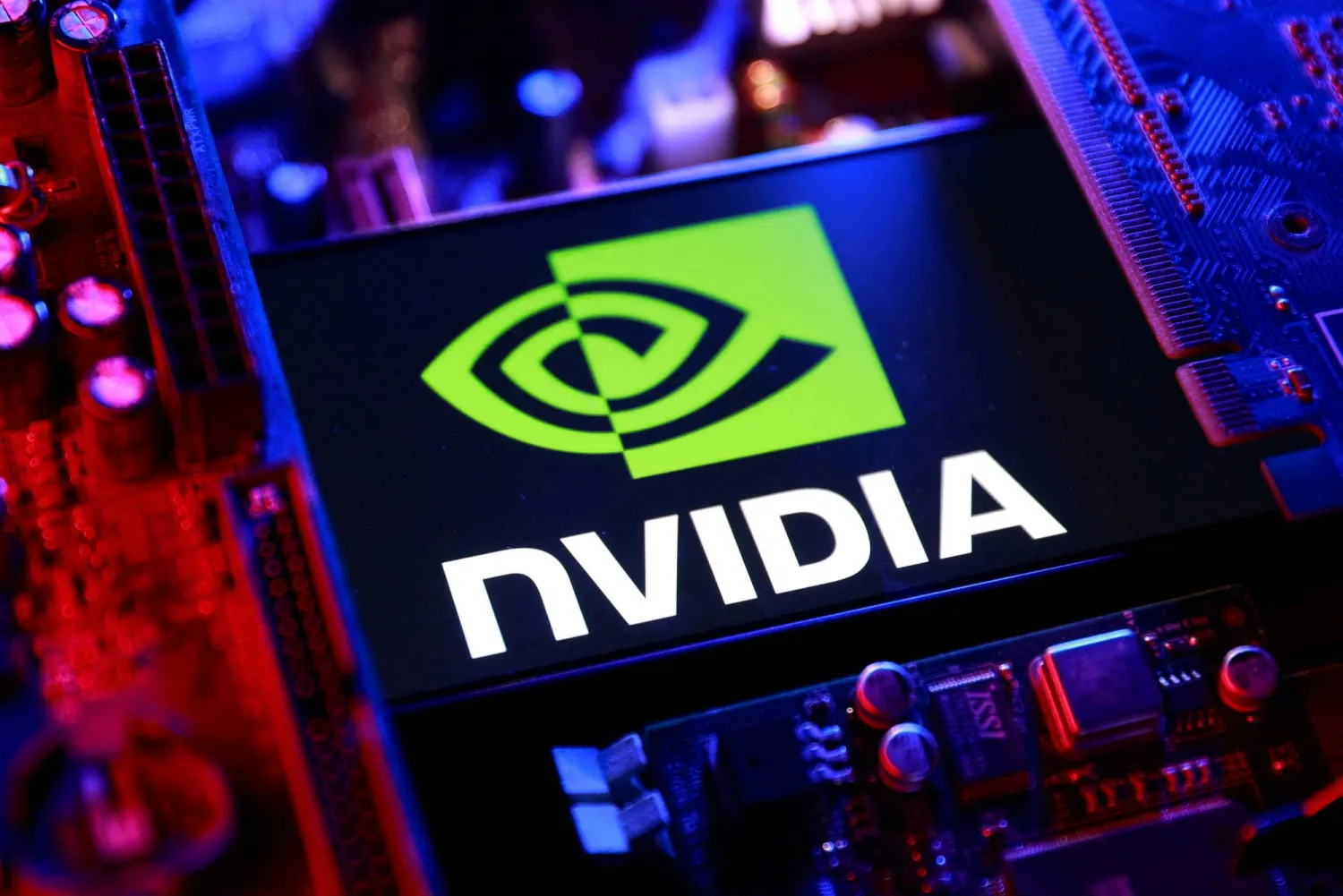Australia's government said on Monday it would bring Apple Pay, Google Pay and other digital payment services under the same regulatory umbrella as credit cards and other payments as part of legislation set to be introduced to parliament this week.
Digital wallets from the likes of Apple, Google and WeChat developer Tencent have exploded in popularity but are not captured by Australian payments law.
The legislation, first flagged last month, will broaden the legislation that empowers the Reserve Bank of Australia to regulate payments so that it applies to new and emerging technology.
"We are modernizing Australia's payments system to ensure it meets the needs of our economy now and into the future," Treasurer Jim Chalmers said in a statement.
"We want to make sure the increasing use of digital payments occurs in a way that helps promote greater competition, innovation and productivity across our entire economy."
Legislation is set to be introduced on Wednesday or Thursday, according to Chalmers' office.
Regulators are responding to the rapid growth of digital wallets, especially among the young. Transactions from a digital wallet hit 35% of all card transactions in the June quarter, up from 10% in early 2020.
Two-thirds of Australians aged between 18 and 29 use mobile payments. Before the pandemic it was less than 20%.
The amendments will also give a relevant minister power to subject a system or platform to special oversight in the event it presents a risk of "national significance."









